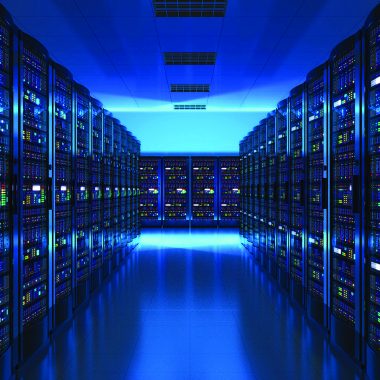Serg Myshkovsky/Getty Images
- Undersea cables face more risk from anchors and fishing than espionage or sabotage.
- Man-made damage accounts for more than two-thirds of cable faults.
- Natural hazards also highlight the vulnerability of these networks, The Guardian reported.
The biggest threat to the undersea cables that power the internet —and, by extension, the world — may not be what you’d expect.
While espionage and sabotage are growing threats, less dramatic but more frequent factors are causing the biggest problems.
As The Guardian reported, the network of undersea cables is more at risk from anchors and fishing than from Russian spies.
The Guardian reported on the vulnerability of the network of undersea cables that power internet connectivity worldwide, citing Tonga as an example.
In 2022, an underwater eruption 1,000 times the power of the Hiroshima atomic bomb severed the country’s internet connection, triggering a widespread blackout.
The newspaper reported that the incident severely disrupted recovery efforts, disrupted businesses, and strained local economies, underscoring the fragility of internet infrastructure.
Nearly all internet traffic is delivered through high-speed fiber optic cables lying on the ocean floor.
Without these cables, many aspects of modern society would grind to a halt. Not least the economy — about $10 trillion in transactions are transmitted through these undersea cables daily, per the US Naval Institute.
TeleGeography, a telecoms research company, notes that there are over 100 cable breaks yearly.
According to UltramapGlobal, a company that monitors subsea cables, natural hazards like the one in Tonga account for about 14% of cable faults.
However, around 70% of all cable faults—the vast majority—are caused by man-made damage, primarily by dragging anchors and deep-sea fishing, it estimated.
UltramapGlobal said more than a third of the damage comes from fishing, with trawling and fixed nets often damaging the cables.
Business Insider previously reported on a lawsuit between a UK telecoms giant and an Irish fishing trawler over the 2015 damage of a subsea cable.
In addition to trawlers, UltramapGlobal said about 25% of damage is caused by ships dragging their anchors.
Sabotage by hostile actors is exceedingly rare, according to TeleGeography.
That’s not to say, however, that it isn’t a cause for concern.
Intentional damage can have far-reaching consequences. And sneakier adversaries could also siphon data from the cables without breaking them.
According to the US Office of the Director of National Intelligence’s 2022 annual threat assessment paper, Russia is particularly focused on improving its ability to target critical infrastructure, including underwater cables.
The Wall Street Journal reported in May that US officials privately warned tech companies, including Google and Meta, about the threat of Chinese ships spying using undersea cables in the Pacific region.
In response to these threats, NATO established a center last year dedicated to protecting undersea cables and pipelines.
Nevertheless, for now, the biggest threat to these vital cables remains unsuspecting trawlers.


